How Schedules of Values Software Helps You Track Construction Projects
Paying subcontractors on time doesn’t happen as often as it should. Often, payment is delayed because work hasn’t been signed off, likely because all parties have failed to submit the relevant paperwork. Adding to the problem is the fact that many general contractors — and subcontractors — rely on manual and paper-based payment processes. This can lead to accounting errors which muddy up bookkeeping, leading to further payment delays.
In this article, we explore how general contractors use schedule of values (SOV) software to drive efficiency, eliminate error-prone manual processes, and gain a bird’s-eye-view over their construction projects. Before discussing how the right software can unlock these benefits, let’s start by unpacking how contractors use SOVs.
How SOVs are Used in Payment Processing
As a general contractor, you’ll know that a schedule of values is a legal document that lists all work items and pricings for the entire project, from start to finish. By breaking the project into smaller, more manageable parts, SOVs are a critical resource for tracking construction milestone progress . With clear sightlines into the project, contractors can more easily pinpoint and then address work items that are lagging behind schedule.
Schedules of values are also used to ensure timely payments. When a construction project is underway, the contractor incurs various costs, such as labor, materials, and equipment rental. The SOV is used to track these costs and ensure that payments are made at the right times.
Typically, the subcontractor will submit an invoice at regular intervals, detailing the work that has been completed and the associated costs. The owner or general contractor will use the schedule of values to verify that the work has been completed according to the contract, and that the costs are reasonable.
Why Managing Payments With SOVs Is So Frustrating
The challenges inherent to any construction project can turn SOV management into a never-ending headache. Many of these challenges are exacerbated by the inefficient, manual processes commonly used by general contractors. This is such a problem that general contractors are increasingly looking for strategies to eliminate manual processes — according to our Construction Finance Management Report. Download the report for more insights on the latest general contractor trends.
Manual processes tend to introduce the following inefficiencies:
- Data entry and reconciliation are incredibly time-consuming
With subcontractors and suppliers submitting differently formatted and structured documents, it takes time to reconcile data. Many hours are then spent entering data in one or more disparate systems or spreadsheets. Multiple systems and scattered spreadsheets make it even more difficult to collate and reconcile data in the future.
- Manual processes lead to human error
Handling information by hand is a common source of human error. From entering the wrong number to forgetting to input data, there are many opportunities for errors can enter a schedule of values. Humans are also prone to fatigue, distraction, boredom, and simply misreading or miscalculating numbers.
- Projects lack transparency — manual tasks are more difficult to track than automated activities. This impacts transparency, as it is harder to know the status of tasks. More time is then wasted assessing progress on different project milestones.
- It is difficult to keep up with changes — a schedule of values changes all the time. Manual processes are inadequate at keeping up with these changes, which range from missed deadlines to shifts in material and labor requirements to complete tasks. This is a critical issue. As your schedule of values is your roadmap to completing a project, it needs to present the most accurate real-time view of a project as possible.
How Schedules of Values Software Solves Common Project
Challenges
Construction payment automation and schedules of values software improve the efficiency of managing SOVs by automating many time-consuming and error-prone manual processes. Software that caters to the construction industry is designed specifically to help you track your schedule of values. At GCPay, for instance, we have features that help you easily verify work, create and exchange lien waivers, organize and collect compliance documents, protect projects against delays, and efficiently communicate with suppliers and subcontractors.
By removing the need for manual data entry, the right software can save time while preventing human error from entering your system. Project tracking features enable you to easily track schedules of values in real time, with the ability to make quick updates to the SOV at any time. With real-time data on project progress and payments, contractors can more easily manage their cash flow. This empowers contractors to better plan their expenditures and minimize the risk of costly cash flow shortages.
With a healthier cash flow, more time unlocked, fewer system errors, and a clearer sightline over project progress, you’ll be in a better position to move your project forward. These features also make it easier for all parties to submit the correct paperwork, removing roadblocks to paying subcontractors on time.
How GCPay Can Help
At GCPay, we offer a payment application and automation solution that is purpose-built for general contractors. Thousands of happy clients already use our software to track their schedule of value and keep their construction projects on track.
In addition to automating the entire payment process, our software has tools for:
● Tracking projects
● Creating and exchanging lien waivers
● Making electronic payments
● Ensuring compliance
● Generating custom reports
Importantly, GCPay integrates with leading construction ERP solutions. This ensures that information entered into GCPay automatically reflects in your ERP.









